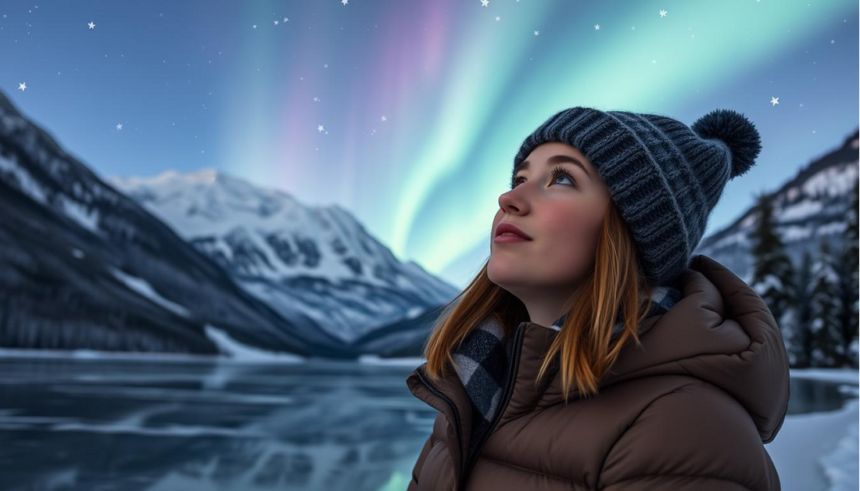India customers to view at amazon.in
7 Stunning Stargazing Spots Around the Globe
Gazing at the night sky has been a timeless fascination for people worldwide, evoking a sense of wonder and awe at the vastness of the universe.
- The Magic of Stargazing: Connecting with the Cosmos
- What Makes a Perfect Stargazing Location?
- Light Pollution and Dark Sky Ratings
- Weather Patterns and Visibility Factors
- Accessibility and Amenities
- 7 Stunning Stargazing Spots Around the Globe Worth Visiting
- Mauna Kea, Hawaii: Stargazing Above the Clouds
- NamibRand Nature Reserve, Namibia: Africa’s Gold-Tier Dark Sky
- Atacama Desert, Chile: The Driest Place on Earth Meets the Clearest Skies
- Aoraki Mackenzie, New Zealand: Southern Hemisphere’s Premier Dark Sky Reserve
- Cherry Springs State Park, Pennsylvania: The East Coast’s Darkest Skies
- Death Valley National Park, California: Desert Darkness and Stellar Views
- Grand Canyon, Arizona: Stargazing from the Rim of Wonder
- Conclusion: Your Journey to the Stars Awaits
- FAQ
- What is dark sky and why is it important for stargazing?
- What are the best times to visit the stargazing spots mentioned?
- Do I need special equipment for stargazing?
- Are the stargazing spots accessible for people with disabilities?
- Can I participate in guided stargazing tours at these locations?
- How do I minimize my impact on the dark sky locations I visit?
- What are some of the celestial objects I can expect to see at these stargazing spots?
- Are there any annual events or star parties at these stargazing locations?
The thrill of stargazing lies in escaping the artificial glow of city lights and immersing oneself in the darkness, where the stars shine bright and numerous.
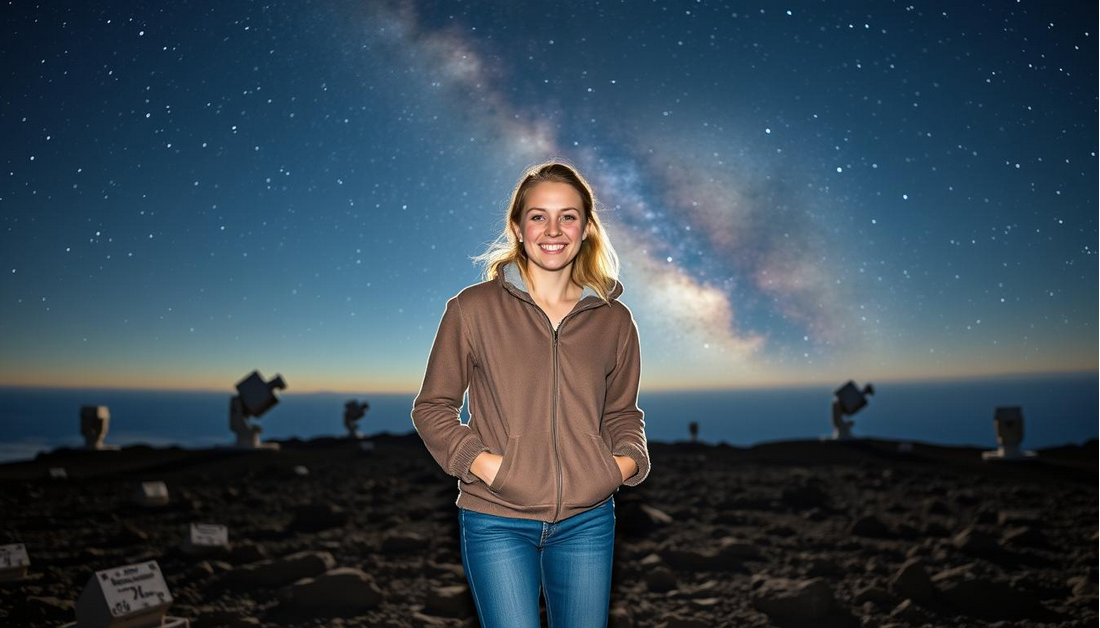
This article will take you on a journey to some of the world’s top astronomical destinations, where the night sky is at its most breathtaking.
From global stargazing sites to the ultimate stargazing destinations, these locations offer an unparalleled experience.
Key Takeaways
- Discover the world’s best stargazing locations.
- Explore top astronomical destinations.
- Learn about global stargazing sites.
- Experience the ultimate in stargazing.
- Escape city lights for a darker sky.
The Magic of Stargazing: Connecting with the Cosmos
Stargazing is more than just looking at the stars; it’s an experience that can evoke a deep sense of wonder and awe. As people around the world seek out stargazing locations, they are drawn to the best places to see stars, where the night sky reveals its full glory.
Why Stargazing Captivates the Human Spirit
The human spirit is captivated by stargazing because it connects us to the vastness of the universe, making us aware of our place within it. Stargazing around the world has been a common practice throughout history, with various cultures developing their own myths and legends about the stars.
Essential Equipment for the Amateur Astronomer
For those new to stargazing, the initial investment in equipment can be minimal. A pair of binoculars or a simple telescope can enhance the experience, allowing for a closer look at the milky way viewing spots. The key is to start with what’s available and enjoy the journey.
| Equipment | Description | Usefulness for Stargazing |
|---|---|---|
| Naked Eye | Observing without any tools | Great for initial stargazing |
| Binoculars | Portable and easy to use | Excellent for viewing larger celestial objects |
| Telescope | Provides detailed views of the night sky | Essential for serious stargazing and astronomy |
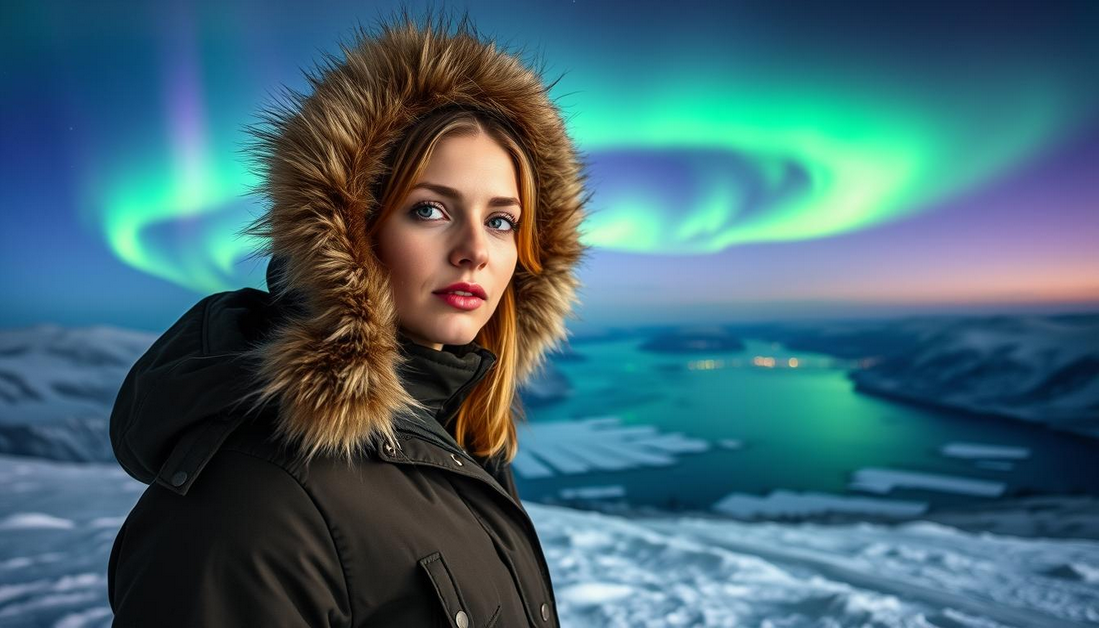
What Makes a Perfect Stargazing Location?
A perfect stargazing location is one that balances natural beauty, minimal light pollution, and the infrastructure to support visitors. Such locations offer not just an opportunity to see the stars but to experience the full depth of the night sky.
Light Pollution and Dark Sky Ratings
One of the most critical factors in determining a good stargazing spot is its level of light pollution. Dark Sky Ratings, assigned by organizations like the International Dark-Sky Association (IDA), are a measure of how well a location is protected from light pollution. Locations with lower light pollution and higher Dark Sky Ratings offer the best stargazing experiences.
The IDA has designated several Dark Sky Reserves around the world, which are known for their exceptionally dark skies. These include places like NamibRand Nature Reserve in Namibia and Aoraki Mackenzie in New Zealand.
Weather Patterns and Visibility Factors
Weather conditions play a significant role in stargazing. Clear skies are essential for optimal viewing. Locations with dry, clear weather conditions are generally better for stargazing. Weather patterns, including cloud cover and humidity, can significantly affect visibility.
Accessibility and Amenities
While the quality of the night sky is crucial, so too is the accessibility and comfort of the stargazing location. Amenities such as guided tours, viewing areas, and educational resources can enhance the stargazing experience. Accessibility for visitors, including parking, accommodations, and safety measures, is also important.
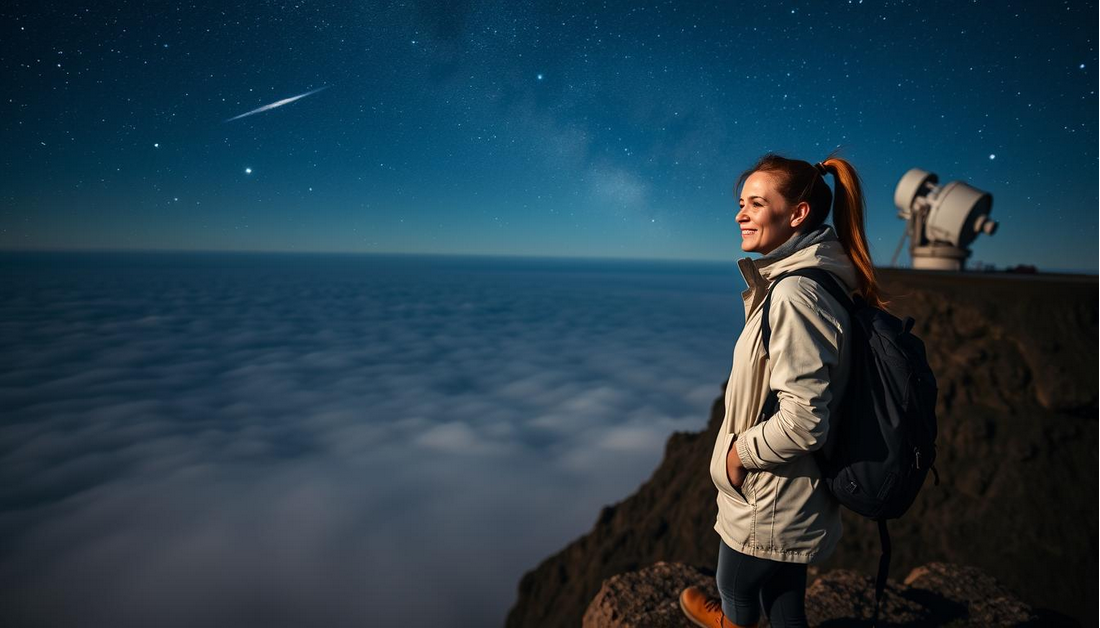
| Location Factor | Importance | Examples |
|---|---|---|
| Light Pollution | High | Dark Sky Reserves like NamibRand, Namibia |
| Weather Conditions | High | Dry deserts like Atacama, Chile |
| Accessibility | Medium | National Parks with guided tours |
| Amenities | Medium | Stargazing lodges and observatories |
7 Stunning Stargazing Spots Around the Globe Worth Visiting
In our quest to find the perfect stargazing spots, we’ve traveled across continents to bring you the crème de la crème of celestial destinations. These locations have been chosen based on their exceptional dark skies, minimal light pollution, and breathtaking vistas.
Selection Criteria for Our Top Picks
To narrow down our list to the top seven stargazing spots, we considered several key factors. Dark Sky Ratings played a crucial role, as did the Accessibility of the location and the Uniqueness of the Experience offered.
- Dark Sky Ratings and minimal light pollution
- Accessibility and amenities for visitors
- Uniqueness of the stargazing experience
Best Seasons for Visiting Each Location
The best time to visit these stargazing spots varies significantly depending on their geographical location and climate. Here’s a brief overview:
| Location | Best Season | Weather Conditions |
|---|---|---|
| Mauna Kea, Hawaii | Year-round, but best during the dry season (May-October) | Clear skies, low humidity |
| NamibRand Nature Reserve, Namibia | Dry season (May-September) | Clear, dark skies |
| Atacama Desert, Chile | Year-round, but best during the dry season (September-April) | Extremely dry, clear skies |
| Aoraki Mackenzie, New Zealand | Summer (December-February) for warm weather, Autumn (March-May) for fewer crowds | Clear, dark skies |
| Cherry Springs State Park, Pennsylvania | Peak season (September-November and March-May) | Dark skies, minimal cloud cover |
| Death Valley National Park, California | Winter (December-February) for comfortable temperatures | Clear, dark skies |
| Grand Canyon, Arizona | Year-round, but best during the monsoon season (July-August) for unique storms | Clear skies, occasional storms |
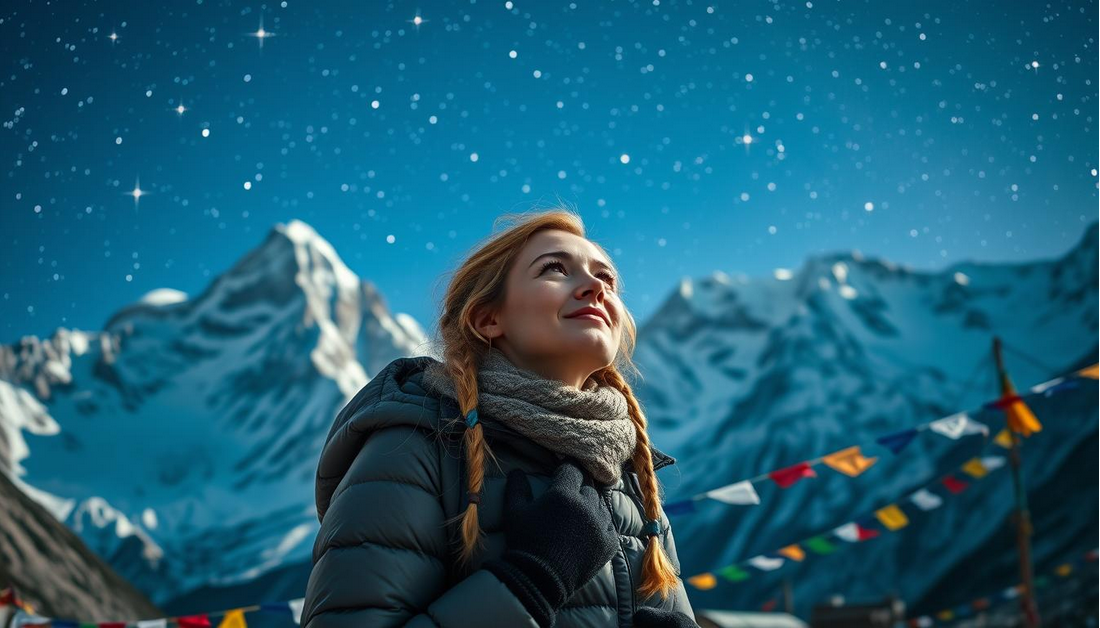
Mauna Kea, Hawaii: Stargazing Above the Clouds
For those seeking the ultimate stargazing experience, Mauna Kea in Hawaii stands out as a premier destination. This dormant volcano on the Big Island offers some of the world’s best stargazing opportunities due to its clear skies, minimal light pollution, and high altitude.
The World-Class Observatories of Mauna Kea
Mauna Kea is home to some of the world’s most advanced astronomical observatories. The summit is host to a collection of telescopes operated by astronomers from eleven different countries. These state-of-the-art facilities take advantage of the exceptional viewing conditions on Mauna Kea, making it a hub for groundbreaking astronomical research.
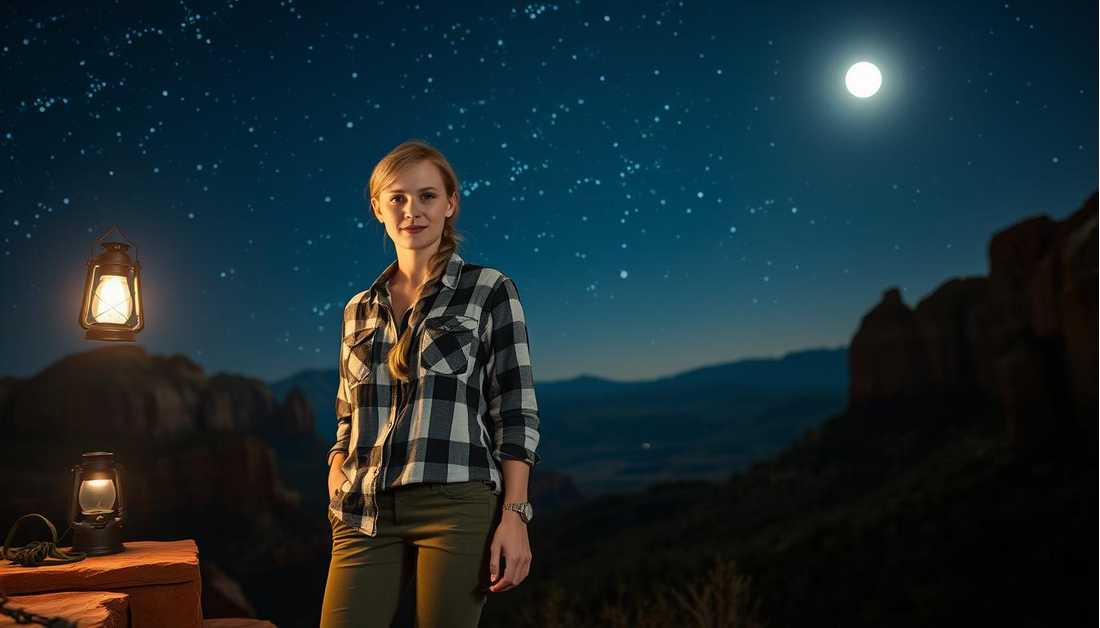
Visitor Information and Viewing Tips
Visitors to Mauna Kea can enjoy stargazing at the Mauna Kea Visitor Information Station (VIS), which provides free public telescopes for viewing the night sky. It’s essential to dress warmly, as temperatures can drop significantly at the summit.
Best Time to Visit
The best time for stargazing on Mauna Kea is during the dry season, from April to October, when the skies are typically clearer. However, the summit can be closed due to weather conditions, so it’s advisable to check the VIS website before heading up.
What Celestial Objects to Look For
With Mauna Kea’s exceptional viewing conditions, visitors can observe a wide range of celestial objects, including distant galaxies, nebulae, and star clusters. The Visitor Information Station staff often provide guidance on the best objects to view during your visit, enhancing the stargazing experience.
NamibRand Nature Reserve, Namibia: Africa’s Gold-Tier Dark Sky
Africa’s premier dark sky destination, NamibRand Nature Reserve, offers an unparalleled stargazing experience. Located in Namibia, this reserve is not only known for its conservation efforts but also for its commitment to preserving the natural darkness of the night sky.
The First International Dark Sky Reserve in Africa
The NamibRand Nature Reserve was designated as the first Gold-Tier Dark Sky Reserve in Africa, a testament to its incredibly low light pollution levels. This achievement underscores the reserve’s dedication to maintaining the natural beauty of the night sky, making it an ideal location for both amateur and professional astronomers.
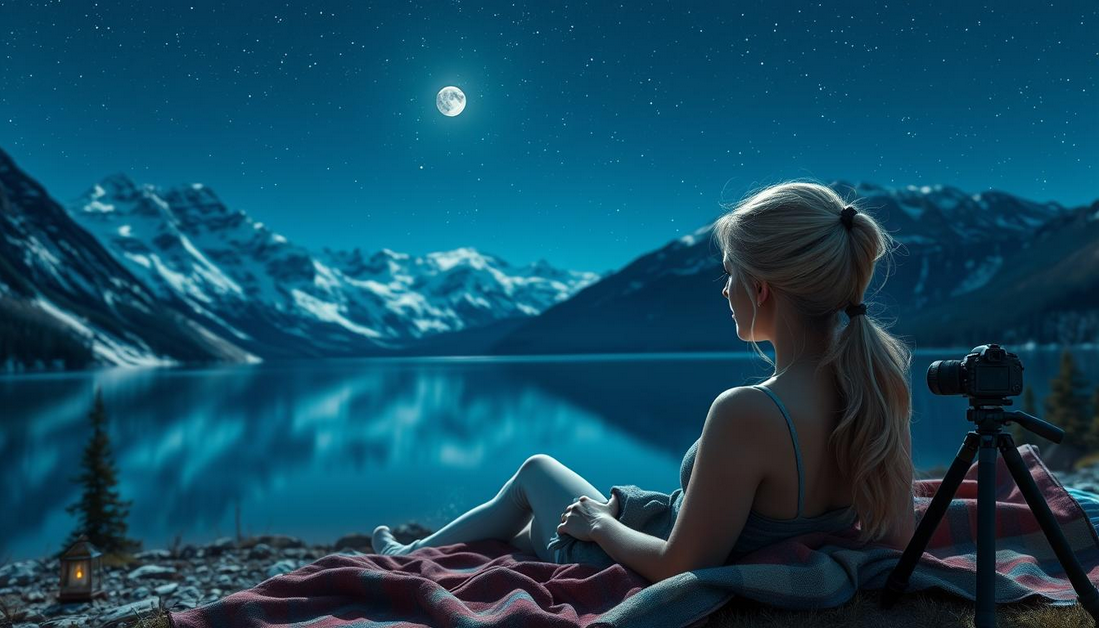
Safari and Stars: A Unique Combination
One of the unique aspects of visiting the NamibRand Nature Reserve is the opportunity to combine a traditional safari experience with world-class stargazing. Visitors can enjoy guided tours during the day to spot a variety of wildlife, followed by nights spent gazing at the stars in one of the darkest skies on the continent.
Best Time to Visit
The best time to visit the NamibRand Nature Reserve for stargazing is during the dry season, from May to October. The clear skies during this period offer optimal viewing conditions for celestial objects.
What Celestial Objects to Look For
Visitors to the reserve can expect to see a myriad of celestial objects, including the Milky Way, various constellations, and planets. The reserve’s low light pollution and clear desert skies make it an ideal location for observing these celestial wonders.
| Celestial Object | Best Viewing Time | Notes |
|---|---|---|
| Milky Way | May to October | Visible in its entirety on clear nights |
| Saturn | June to August | Best viewed with a telescope for ring details |
| Constellations (e.g., Orion) | Year-round, depending on the constellation | Some constellations are seasonal |
Atacama Desert, Chile: The Driest Place on Earth Meets the Clearest Skies
With its arid conditions and minimal light pollution, the Atacama Desert stands out as a global stargazing hotspot. Located in Chile, this desert is renowned for its exceptionally clear skies, offering some of the best conditions for astronomical observations.
Scientific Significance and ALMA Observatory
The Atacama Desert is home to the ALMA Observatory, one of the most powerful astronomical observatories in the world. The ALMA Observatory has been instrumental in numerous groundbreaking astronomical discoveries, thanks to its location in one of the world’s driest and darkest places.
Key Features of ALMA Observatory:
- Composed of 66 high-precision antennas working together as a single telescope
- Enables scientists to study the universe in unprecedented detail
- Has contributed to significant discoveries in the fields of cosmology and astrochemistry
Stargazing Tours and Experiences
Visitors to the Atacama Desert can enjoy a variety of stargazing tours and experiences, ranging from guided night sky observations to visits to local observatories. These tours often include expert guidance, providing insights into the celestial objects visible in the night sky.
Best Time to Visit
The best time to visit the Atacama Desert for stargazing is during the dry season, which typically runs from September to May. During this period, the skies are usually clearer, offering optimal viewing conditions.
What Celestial Objects to Look For
The clear skies of the Atacama Desert offer a spectacular view of various celestial objects, including the Milky Way, distant galaxies, and star clusters. Visitors can also observe planets and other objects in our solar system with the aid of telescopes provided during stargazing tours.

Aoraki Mackenzie, New Zealand: Southern Hemisphere’s Premier Dark Sky Reserve
With its minimal light pollution, Aoraki Mackenzie offers an unparallelled stargazing experience. Located in the heart of New Zealand’s South Island, this region has been recognized for its exceptionally dark skies.
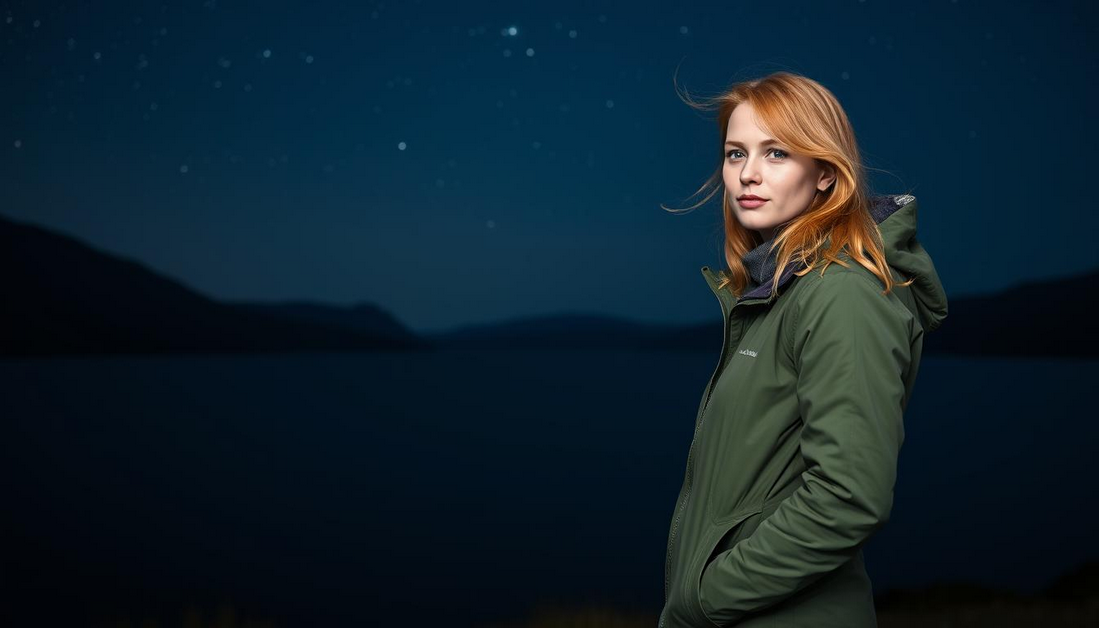
Cultural Significance of Stars to Māori People
The stars have long held significant cultural and spiritual importance for the Māori people, the indigenous Polynesian people of New Zealand. The night sky is filled with stories and legends that have been passed down through generations, making stargazing a rich cultural experience as well as a celestial one.
Key aspects of Māori astronomy include:
- Navigation: Stars were used for navigation across the Pacific.
- Storytelling: The constellations are integral to Māori myths and legends.
- Seasonal Indicators: Certain stars signaled the changing of the seasons.
Mount John Observatory and Public Viewing
At the heart of Aoraki Mackenzie’s stargazing offerings is the Mount John Observatory. This world-class observatory provides not only cutting-edge astronomical research facilities but also public viewing nights, allowing visitors to gaze at the stars through high-powered telescopes.
Best Time to Visit
The best time to visit Aoraki Mackenzie for stargazing is during the New Zealand winter months (June to August), when the nights are longest and the skies are typically at their clearest.
What Celestial Objects to Look For
Visitors can expect to see a dazzling array of celestial objects, including the Southern Cross, the Magellanic Clouds, and the Milky Way. The region’s low light pollution makes it an ideal location for viewing deep-sky objects like nebulae and star clusters.
The combination of Aoraki Mackenzie’s dark skies, cultural significance, and world-class observatory facilities makes it a unique destination for stargazers.
Cherry Springs State Park, Pennsylvania: The East Coast’s Darkest Skies
Cherry Springs State Park offers a stargazing experience like no other, boasting some of the darkest skies in the region. Located in Potter County, Pennsylvania, this park is a haven for astronomers and stargazers alike, providing an unobstructed view of the night sky.
Accessibility from Major East Coast Cities
One of the key advantages of Cherry Springs State Park is its relative accessibility from major East Coast cities. While it’s nestled in a rural area, it’s within a reasonable driving distance from cities like New York and Philadelphia, making it an ideal getaway for those seeking a dark sky experience without venturing too far off the beaten path.
The park’s remote location, away from urban centers, ensures that it remains largely unaffected by light pollution, a crucial factor for optimal stargazing. Visitors can enjoy the Milky Way and countless stars on clear nights, an experience that’s becoming increasingly rare in more populated areas.
Annual Star Parties and Events
Cherry Springs State Park hosts several annual star parties, attracting visitors from across the country. These events are a fantastic opportunity to meet fellow astronomy enthusiasts, learn from experts, and enjoy the night sky together.
Best Time to Visit
The best time to visit Cherry Springs State Park for stargazing is during the spring and fall, when the skies are generally clearer. Summer can also be a good time, though it’s worth noting that the warmer months can bring more humidity and occasional cloud cover.
What Celestial Objects to Look For
Visitors to Cherry Springs State Park can expect to see a wide range of celestial objects, from the Milky Way to various constellations and planets. With the naked eye, binoculars, or a telescope, the viewing possibilities are endless.
| Celestial Object | Best Viewing Time | Equipment Needed |
|---|---|---|
| Milky Way | Spring, Summer, Fall | Naked Eye |
| Saturn | Summer | Binoculars/Telescope |
| Andromeda Galaxy | Fall | Telescope |
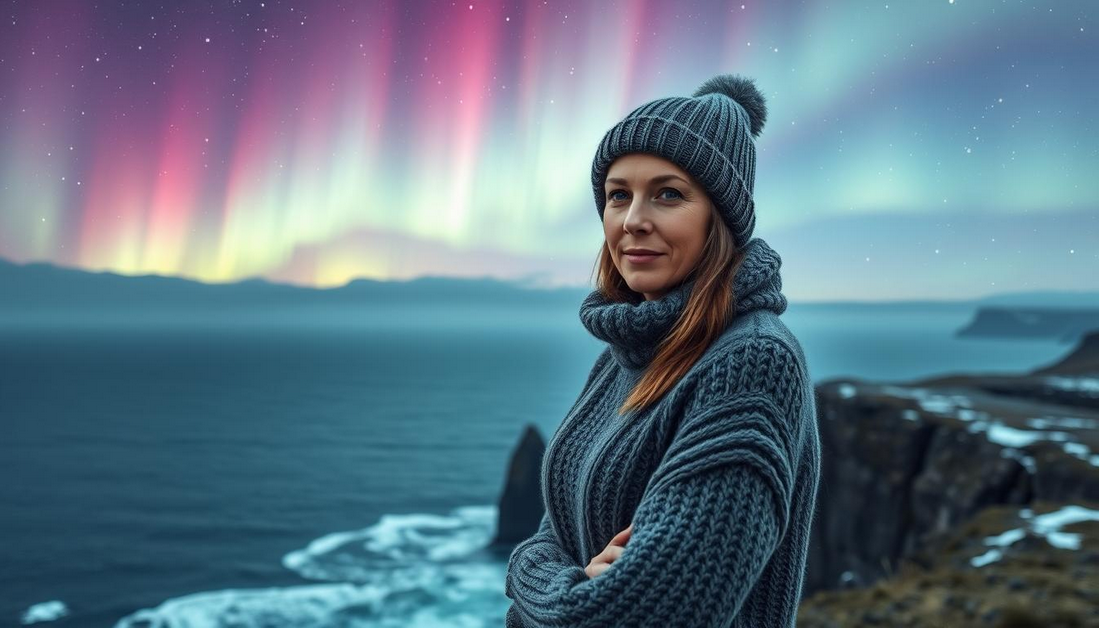
In conclusion, Cherry Springs State Park is a gem for anyone interested in stargazing on the East Coast. Its dark skies, accessibility, and community events make it a must-visit destination for astronomy enthusiasts.
Death Valley National Park, California: Desert Darkness and Stellar Views
Under the vast desert skies of Death Valley National Park, stargazing becomes an unforgettable experience. The park’s remote location and lack of artificial lighting create a perfect setting for observing the night sky in its full glory.
The Mesquite Flat Sand Dunes After Dark
The Mesquite Flat Sand Dunes, a popular spot during the day, transforms into a breathtaking stargazing location after dark. The absence of light pollution allows for unparalleled views of the stars. Visitors can enjoy the serene beauty of the dunes under the starry sky, creating a truly surreal experience.
Ranger-Led Astronomy Programs
Death Valley National Park offers ranger-led astronomy programs, providing visitors with insights into the night sky and the park’s unique celestial features. These programs are both educational and entertaining, catering to a wide range of interests and ages.
Best Time to Visit
The best time for stargazing in Death Valley National Park is during the winter months when the skies are clearer, and the temperatures are more bearable. It’s essential to check the park’s calendar for scheduled ranger-led programs.
What Celestial Objects to Look For
Visitors can expect to see a myriad of celestial objects, including planets, constellations, and even the Milky Way on particularly clear nights. The park’s dark skies make it an ideal location for observing these wonders.
| Celestial Object | Best Viewing Time | Notes |
|---|---|---|
| Milky Way | Late Spring to Early Fall | Visible to the naked eye on clear nights |
| Planets (Jupiter, Saturn) | Year-round, depending on planetary alignment | Best viewed with binoculars or a telescope |
| Constellations (Orion, Cassiopeia) | Seasonal | Recognizable patterns in the night sky |
Grand Canyon, Arizona: Stargazing from the Rim of Wonder
Under the dark skies of the Grand Canyon, the universe unfolds in all its glory. The Grand Canyon, one of the world’s most iconic natural wonders, is a destination that not only amazes during the day but also transforms into a stargazer’s paradise at night.
The Grand Canyon Star Party
One of the highlights of visiting the Grand Canyon is the annual Grand Canyon Star Party, an event that attracts astronomers and stargazers alike. This event offers a unique opportunity to explore the night sky with experts and enjoy the camaraderie of fellow space enthusiasts.
Best Viewpoints Along the North and South Rims
The Grand Canyon offers several viewpoints that are ideal for stargazing. Some of the best include:
- Yavapai Point on the South Rim, known for its wide-angle views.
- Grand Canyon Village, which, despite being more populated, offers clear skies.
- Point Imperial on the North Rim, the highest viewpoint in the Grand Canyon.
Best Time to Visit
The best time for stargazing at the Grand Canyon is during the new moon phase, when the absence of moonlight allows for clearer views of the stars. The summer months offer warm temperatures, making it ideal for spending time under the stars.
What Celestial Objects to Look For
Visitors can expect to see a myriad of celestial objects, including:
- The Milky Way, visible as a bright, hazy band across the sky.
- Planets like Jupiter and Saturn, which are often visible to the naked eye.
- Constellations such as the Big Dipper and Orion, depending on the season.
As one of the premier stargazing destinations in the United States, the Grand Canyon offers an unforgettable experience under the stars.
Conclusion: Your Journey to the Stars Awaits
As we conclude our exploration of the top stargazing destinations around the world, it’s clear that each of these locations offers a unique and unforgettable stargazing journey. From the world-class observatories of Mauna Kea, Hawaii, to the dark skies of NamibRand Nature Reserve, Namibia, and the Atacama Desert, Chile, these must-see stargazing spots worldwide are a testament to the natural beauty of our universe.
Whether you’re an amateur astronomer or just someone who appreciates the beauty of the night sky, these international stargazing hotspots are sure to leave you in awe. So pack your bags, grab your binoculars, and get ready to embark on a stargazing adventure that will create lifelong memories. The stars are waiting for you.

